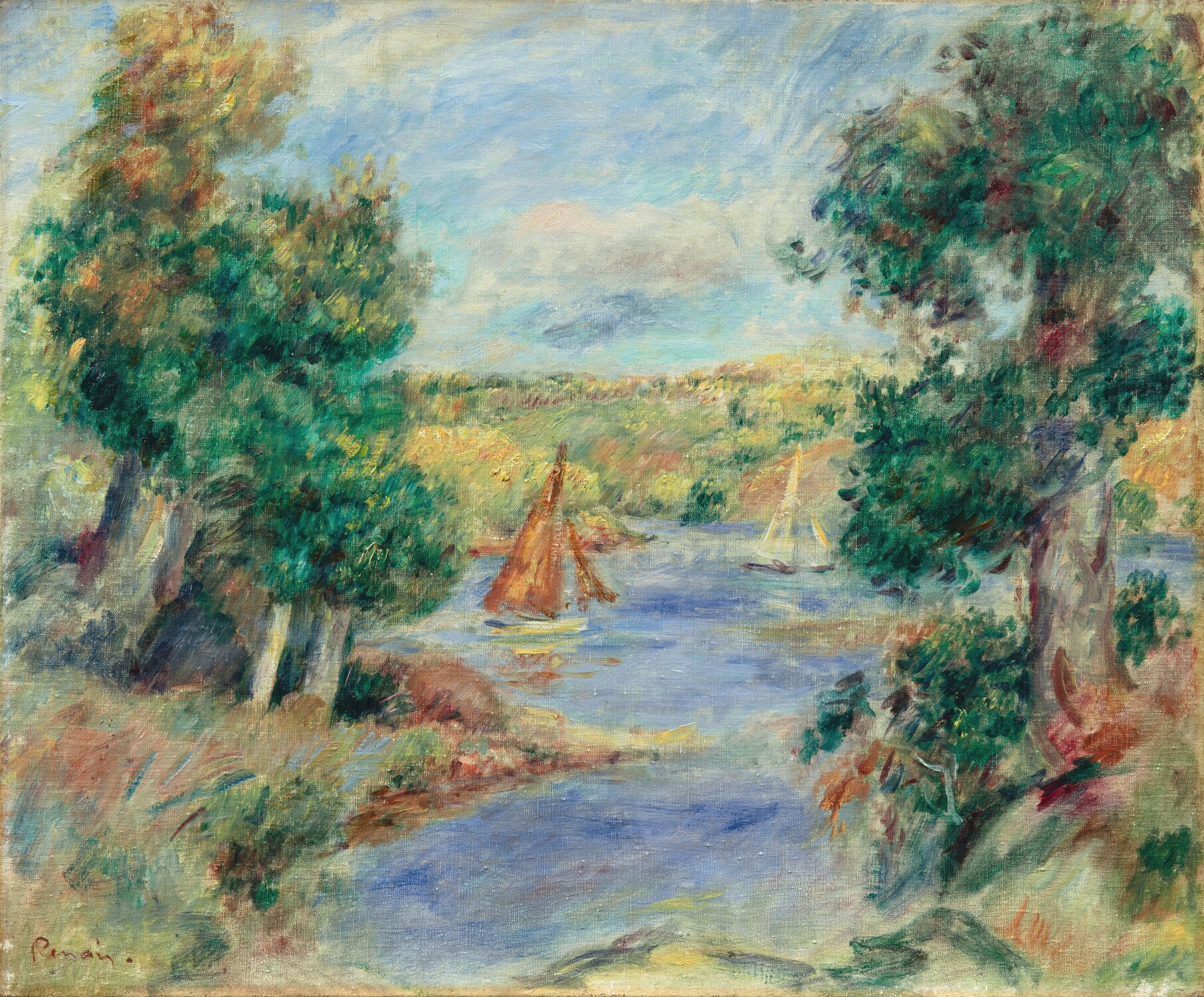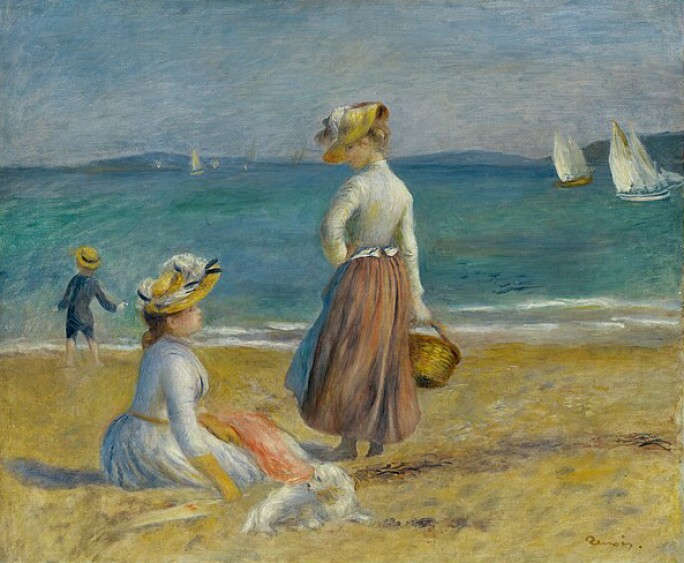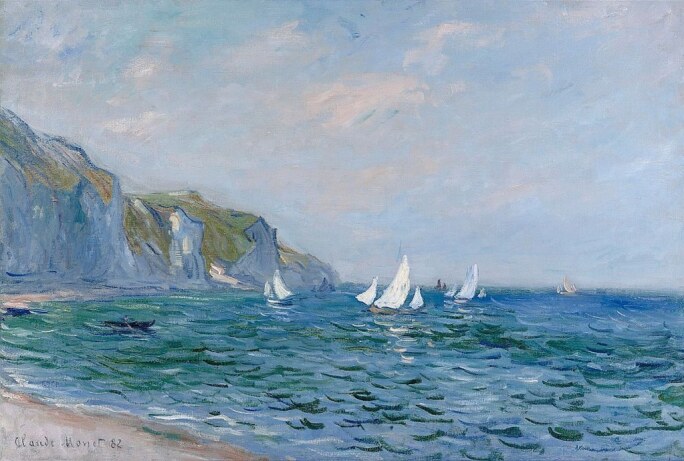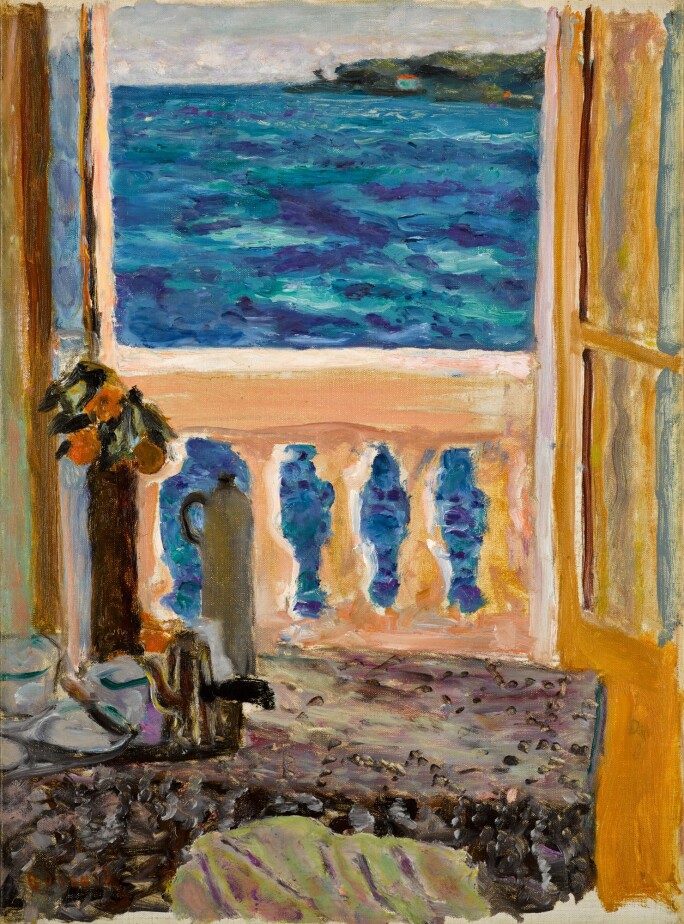

Though Renoir lived in Paris and the surrounding suburbs in the early decades of his career, he began to travel further afield in the late 1870s. In 1888, the artist spent several weeks in Martigues, near Marseille, at the Hôtel Rouget. From this outpost, he made excursions along the coast to Cannes and Nice. Renoir adored the South of France and spent an increasing amount of time there before moving permanently to the area. Having suffered from the effects of rheumatoid arthritis prior to his move, Renoir found the warmth and sunlight of this more benign climate beneficial to his health, and produced some of the most charming and attractive landscapes of his entire career in this region (fig. 1). He was undoubtedly inspired on one of these trips to paint the present composition, Les Voiliers à Cagnes.
While often considered among the preeminent Impressionists, Renoir was at heart a student of the École des Beaux-Arts, with the deep hierarchies of the Academy fully entrenched in his psyche. As such, Renoir’s landscapes—historically considered a lesser discipline—were always in the greater service of the more esteemed genre of figure painting. Even during the years which witnessed an outpouring of landscapes and a concerted effort by the artist to seek out the most picturesque environments, Renoir yearned to paint figures (having claimed it difficult to find adequate models during his travels). Despite such protestations, landscapes from the late 1880s and early 1890s radiate with luminous color, proving perhaps how intoxicating the settings were for even a figure painter.
Renoir was also captivated by boating, like fellow artists Monet and Caillebotte (fig. 2). The popularity of sailing as a leisurely pastime exploded in France during the 19th century and the fast-moving boats became one of the favorite motifs of the Impressionists, who strove to capture the effect of wind in the sails and water.

Les Voiliers à Cagnes, in its bright color palette and spirited brushwork, prefigures the almost psychedelically colored canvas Pierre Bonnard would paint some thirty years later (fig. 3).

The present painting has been in the same family collection since 1938 and has been widely exhibited throughout the world.